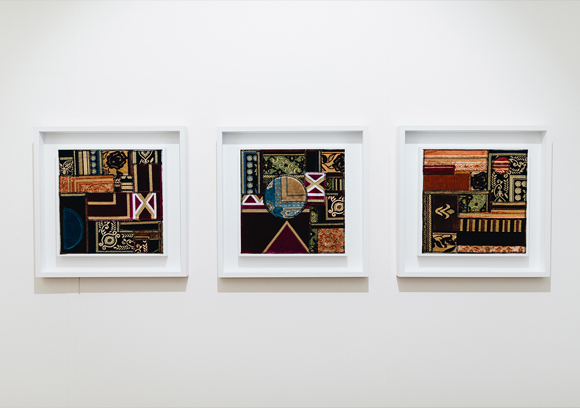
Composition 02, 05, 12
Exhibition view from 1:54, 2018, London.
Courtesy of the artist.
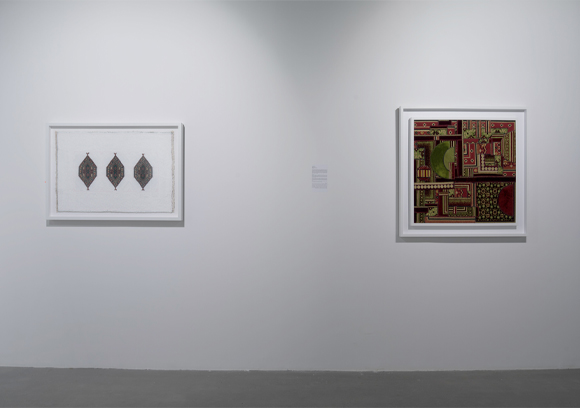
Composition
Exhibition view from The Language of Human Consciousness, Athr Gallery, 2014, Jeddah.
Courtesy of the artist.
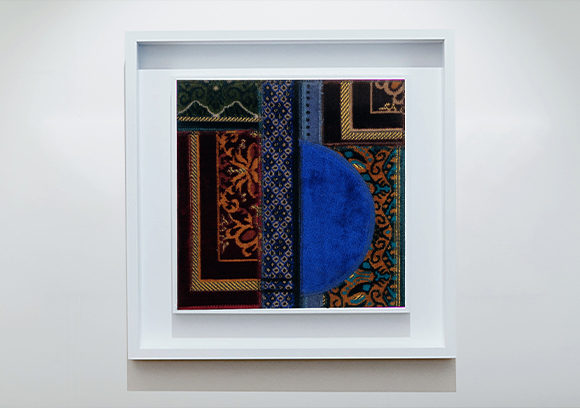
Composition 27
Courtesy of the artist.
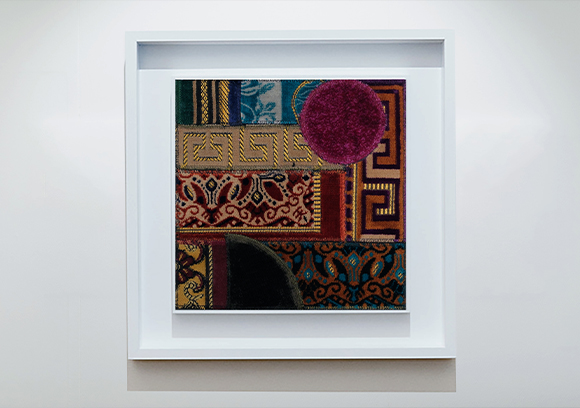
Composition 28
Courtesy of the artist.
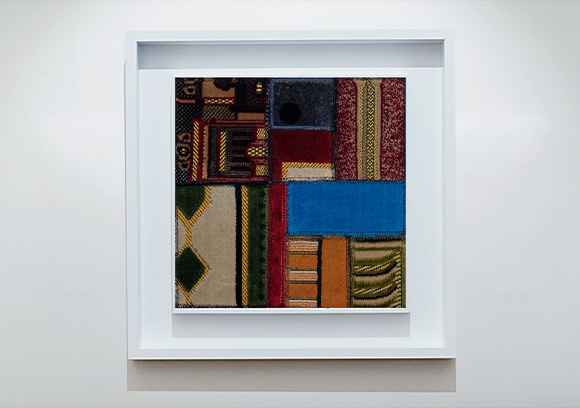
Composition 29
Courtesy of the artist.
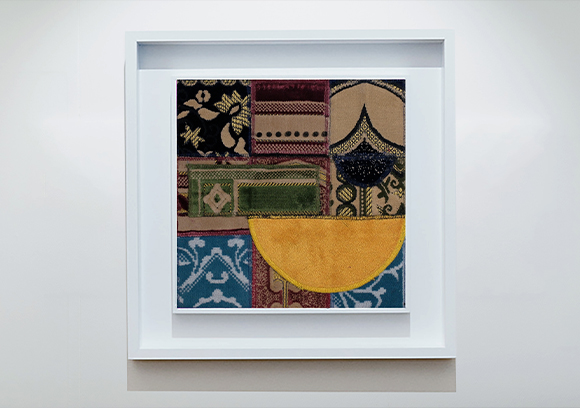
Composition 30
Courtesy of the artist.
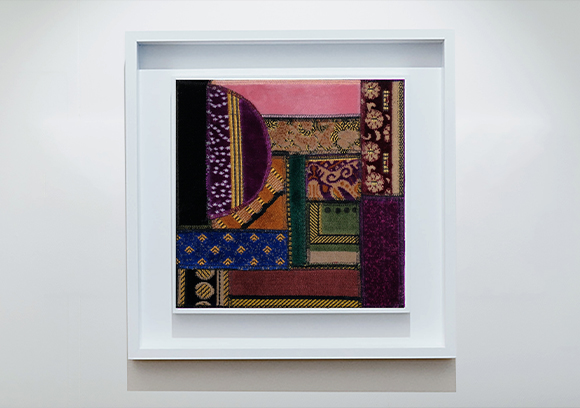
Composition 31
Courtesy of the artist.
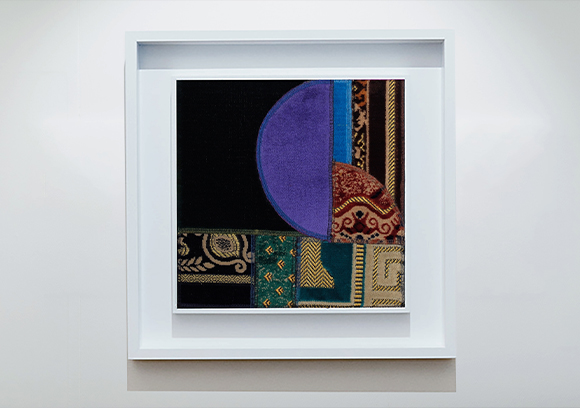
Composition 32
Courtesy of the artist.
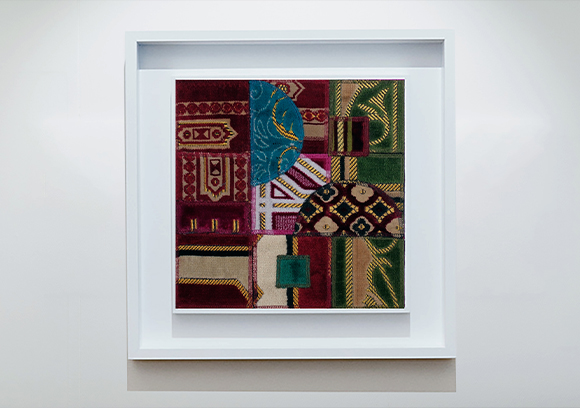
Composition 33
Courtesy of the artist.
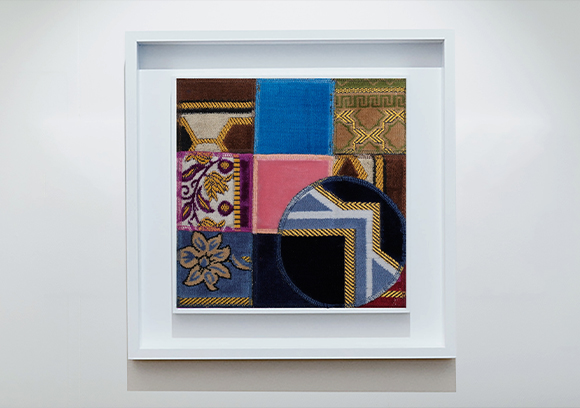
Composition 34
Courtesy of the artist.
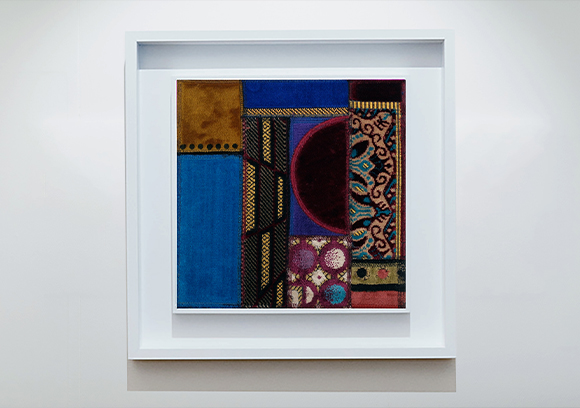
Composition 35
Courtesy of the artist.
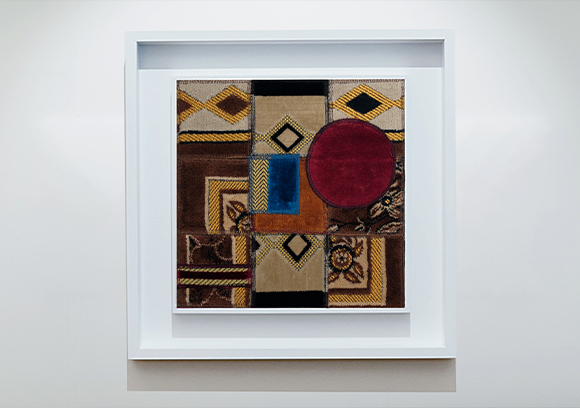
Composition 36
Courtesy of the artist.
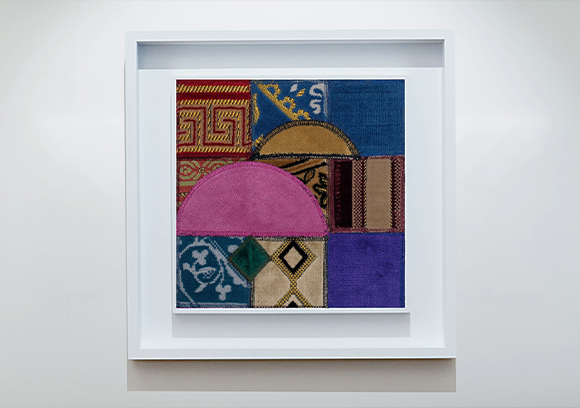
Composition 37
Courtesy of the artist.
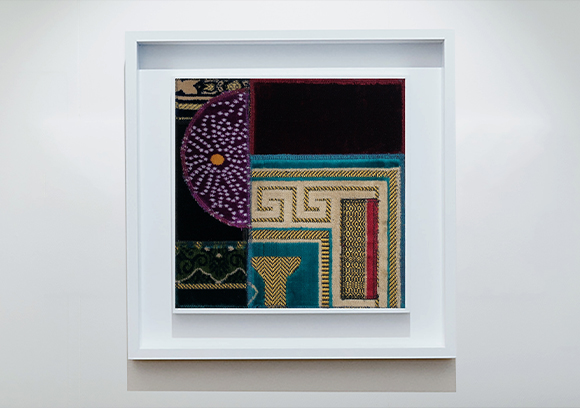
Composition 38
Courtesy of the artist.

Composition 39
Courtesy of the artist.
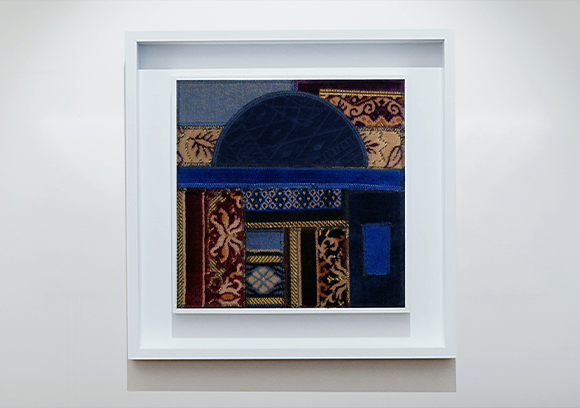
Composition 40
Courtesy of the artist.
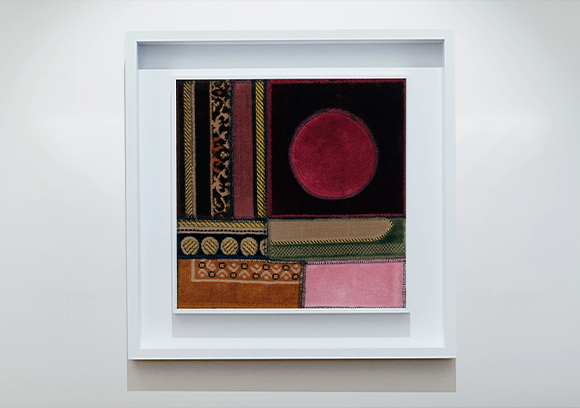
Composition 41
Courtesy of the artist.
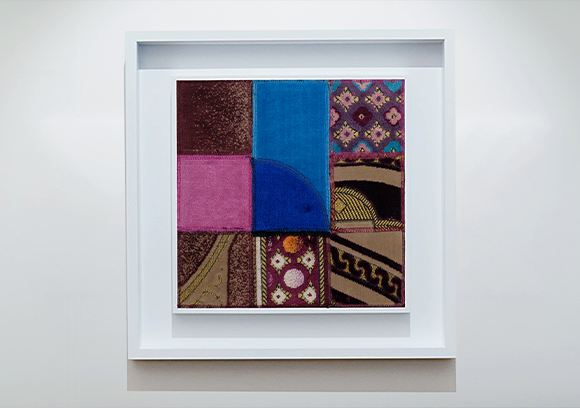
Composition 42
Courtesy of the artist.
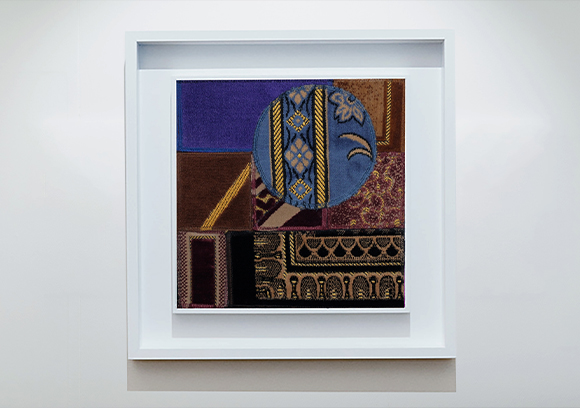
Composition 43
Courtesy of the artist.
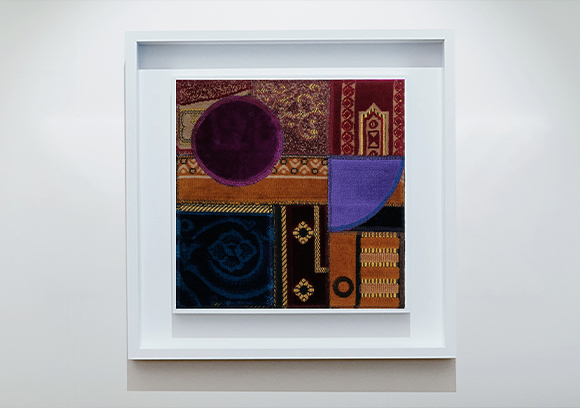
Composition 44
Courtesy of the artist.
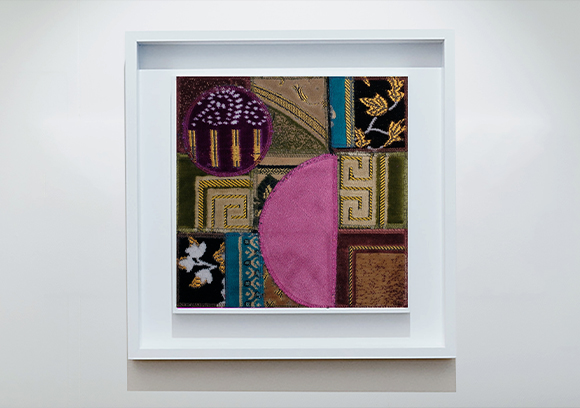
Composition 45
Courtesy of the artist.
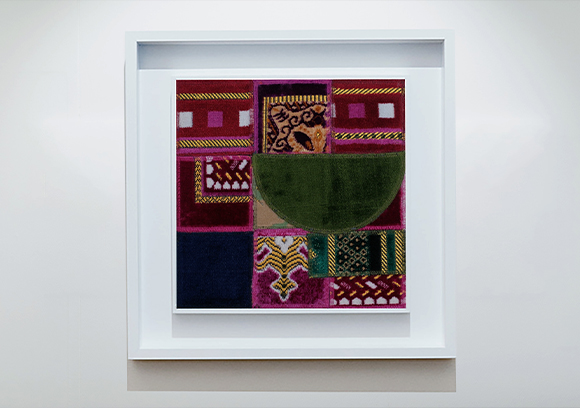
Composition 46
Courtesy of the artist.
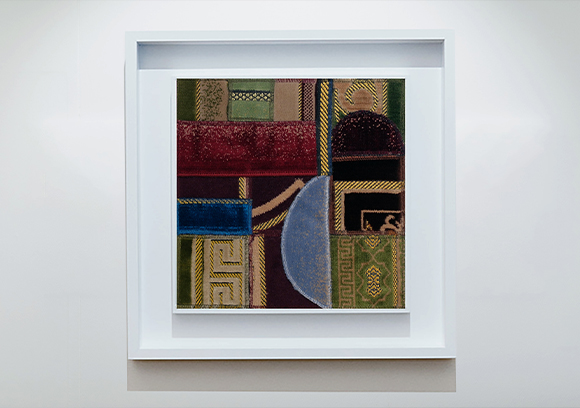
Composition 47
Courtesy of the artist.
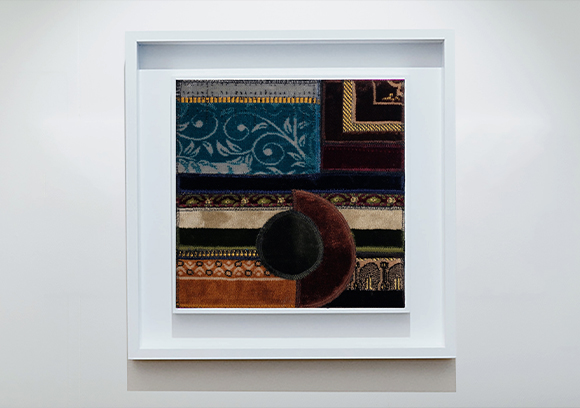
Composition 48
Courtesy of the artist.
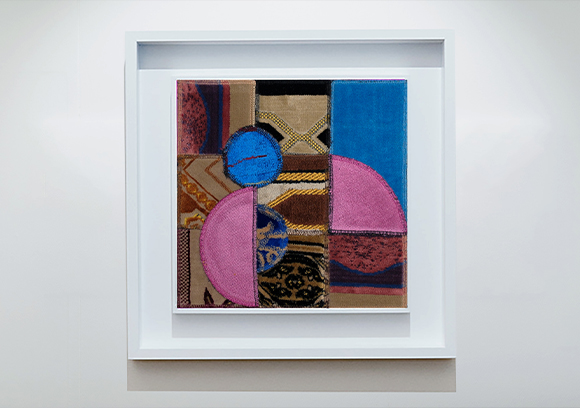
Composition 49
Courtesy of the artist.
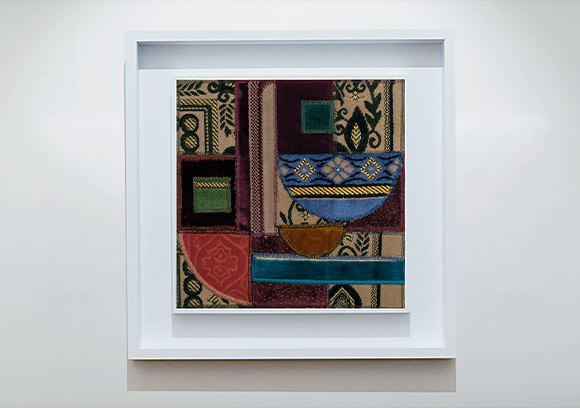
Composition 50
Courtesy of the artist.

Composition 51
Courtesy of the artist.
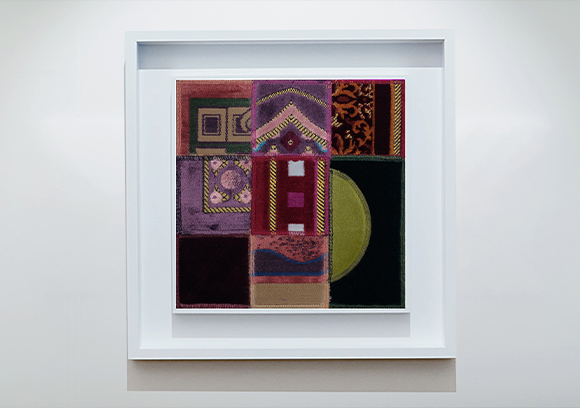
Composition 52
Courtesy of the artist.
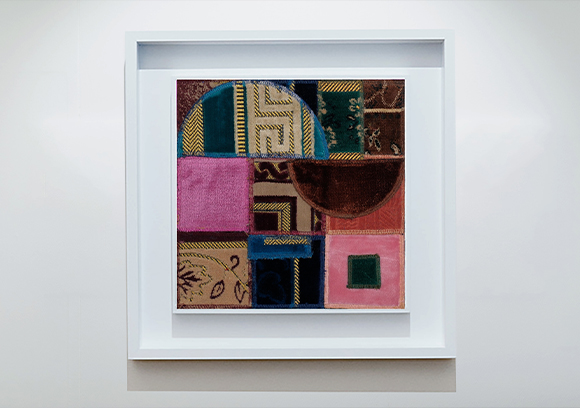
Composition 53
Courtesy of the artist.
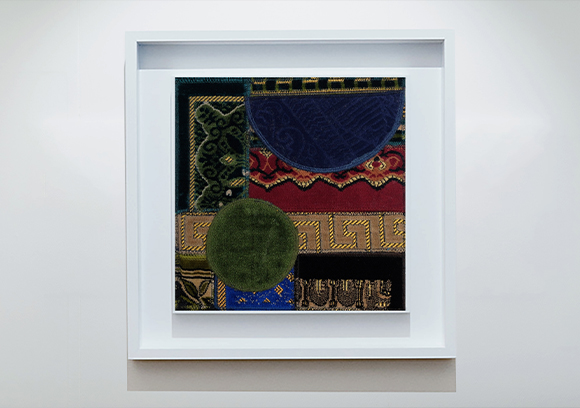
Composition 54
Courtesy of the artist.
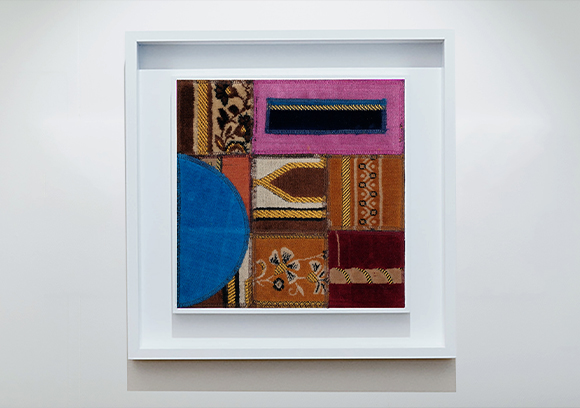
Composition 55
Courtesy of the artist.
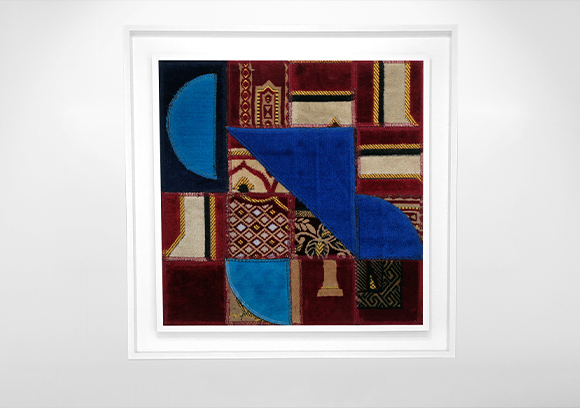
Composition 56
Courtesy of the artist.
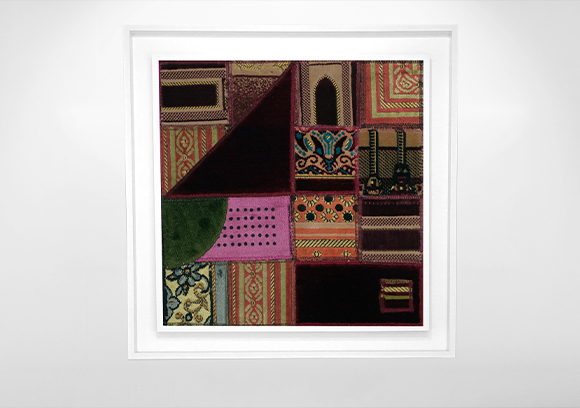
Composition 57
Courtesy of the artist.
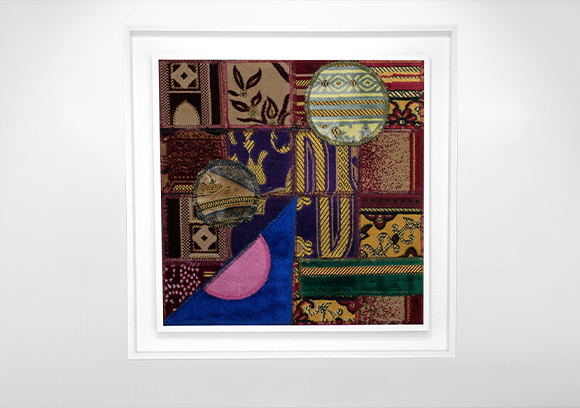
Composition 58
Courtesy of the artist.
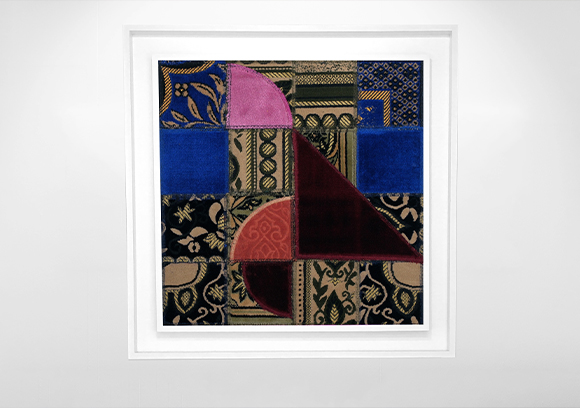
Composition 59
Courtesy of the artist.
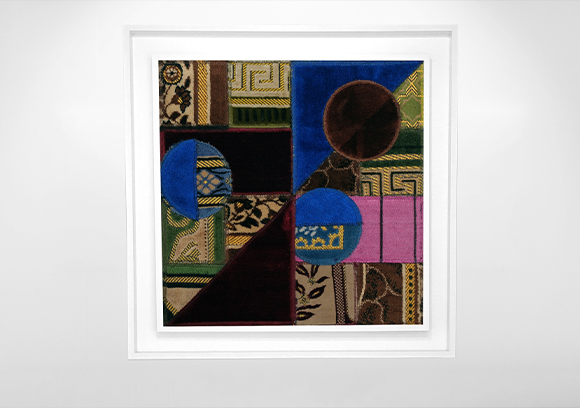
Composition 60
Courtesy of the artist.
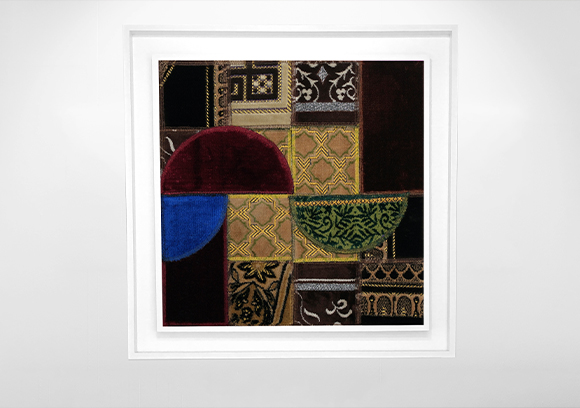
Composition 61
Courtesy of the artist.
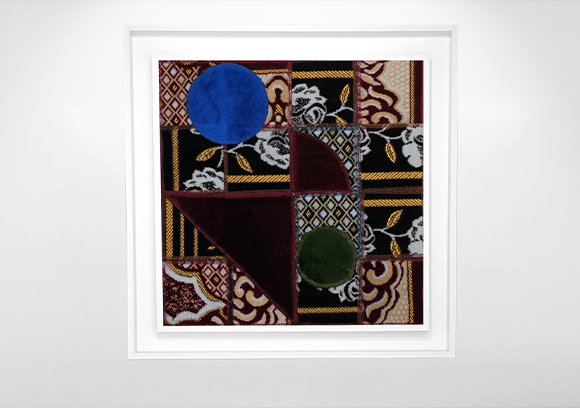
Composition 62
Courtesy of the artist.
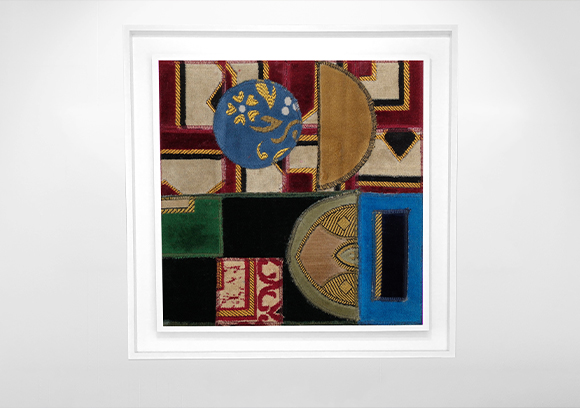
Composition 63
Courtesy of the artist.

Composition 64
Courtesy of the artist.
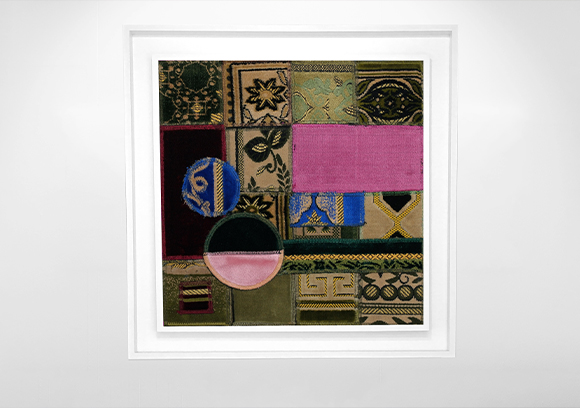
Composition 65
Courtesy of the artist.
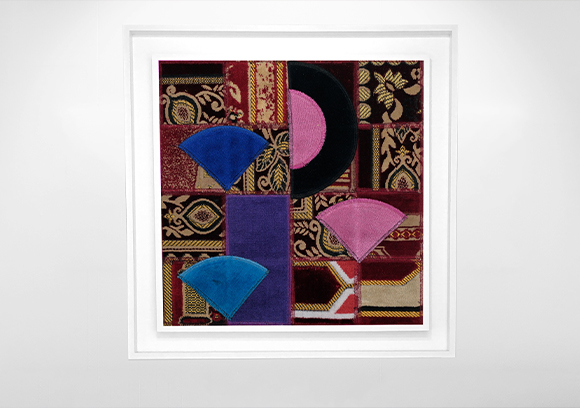
Composition 66
Courtesy of the artist.
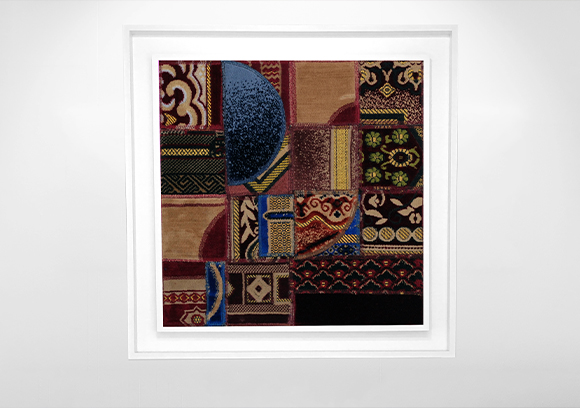
Composition 67
Courtesy of the artist.
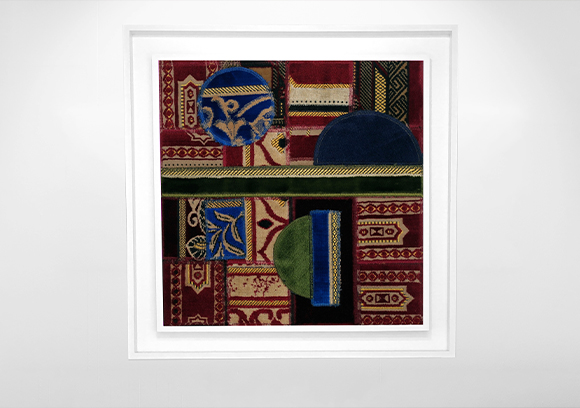
Composition 68
Courtesy of the artist.
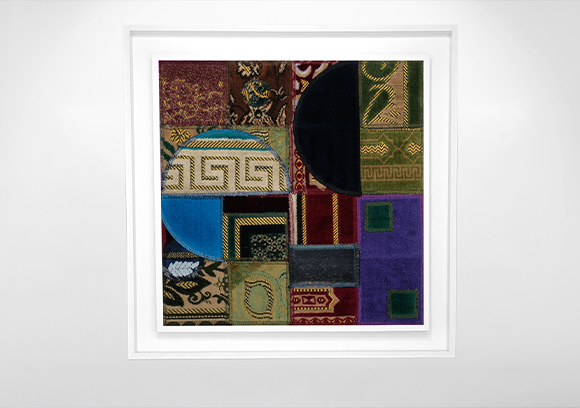
Composition 69
Courtesy of the artist.
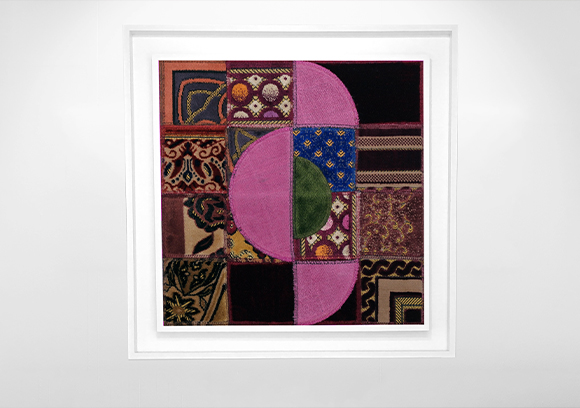
Composition 70
Courtesy of the artist.
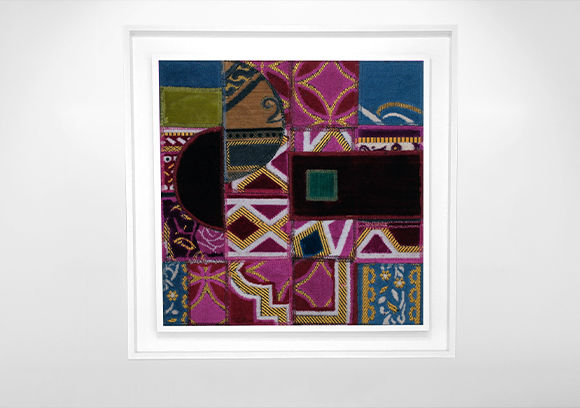
Composition 71
Courtesy of the artist.
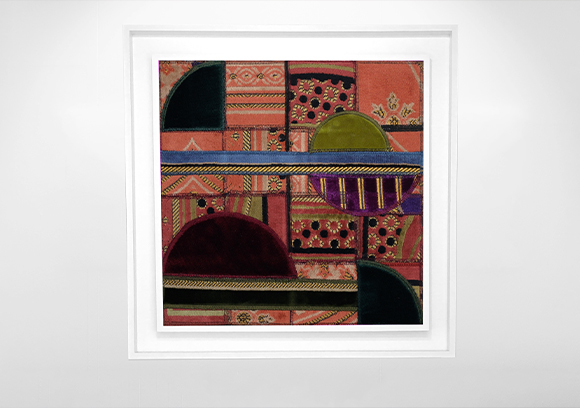
Composition 72
Courtesy of the artist.
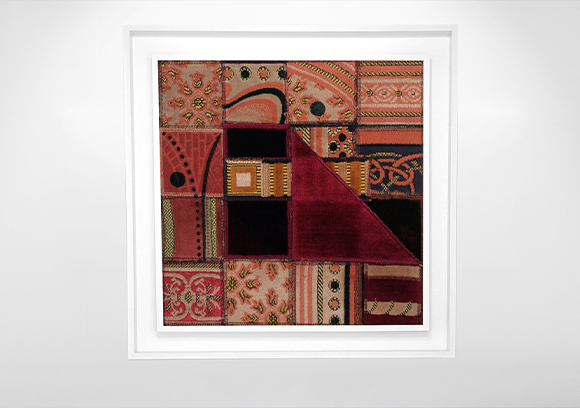
Composition 73
Courtesy of the artist.
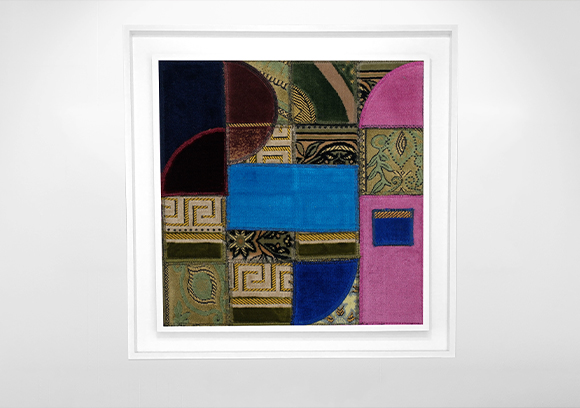
Composition 74
Courtesy of the artist.
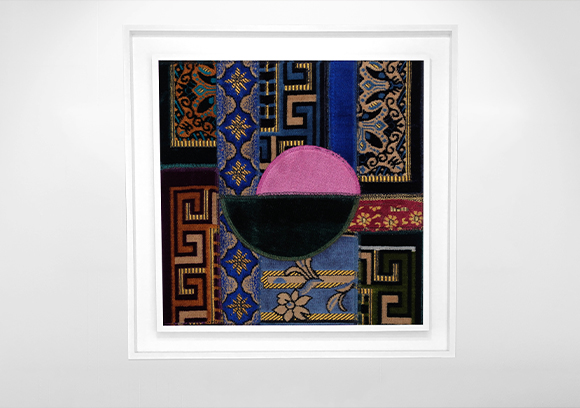
Composition 75
Courtesy of the artist.

Composition 76
Courtesy of the artist.
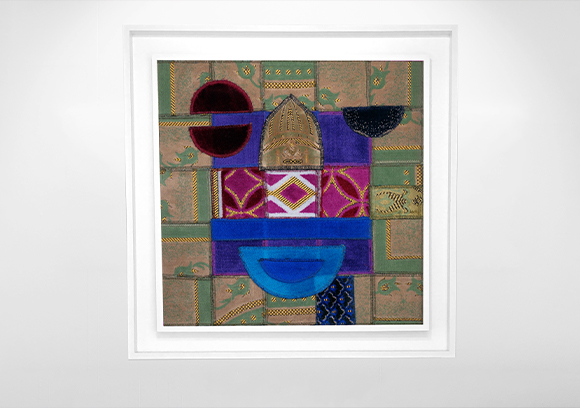
Composition 77
Courtesy of the artist.
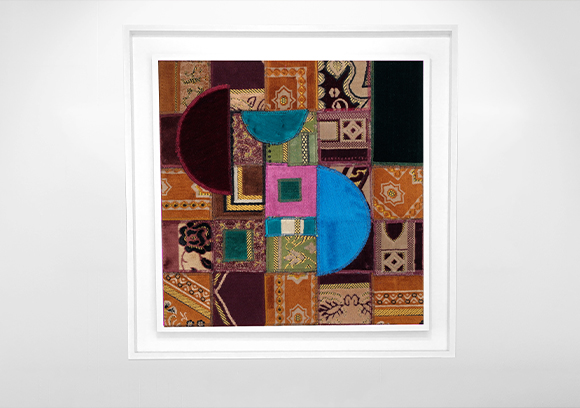
Composition 78
Courtesy of the artist.
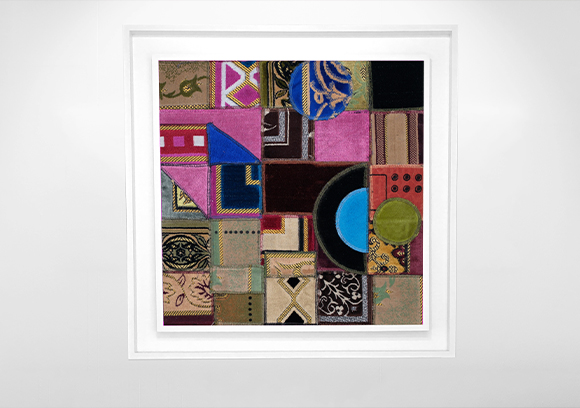
Composition 79
Courtesy of the artist.
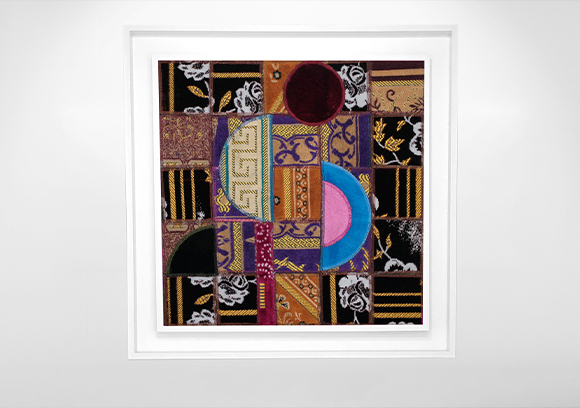
Composition 80
Courtesy of the artist.
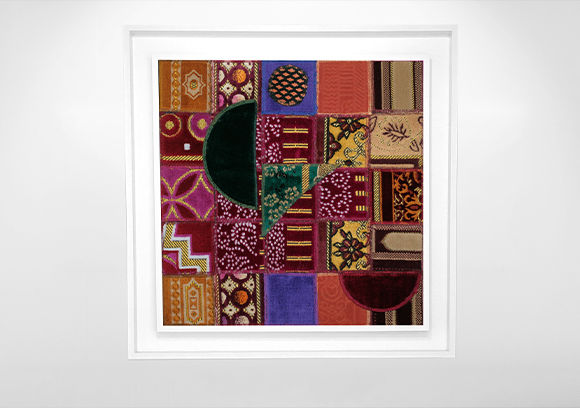
Composition 81
Courtesy of the artist.
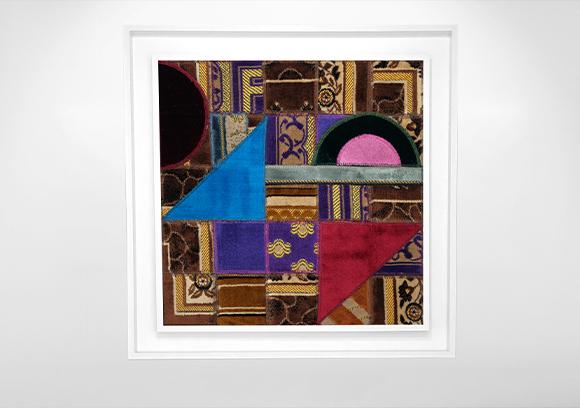
Composition 82
Courtesy of the artist.
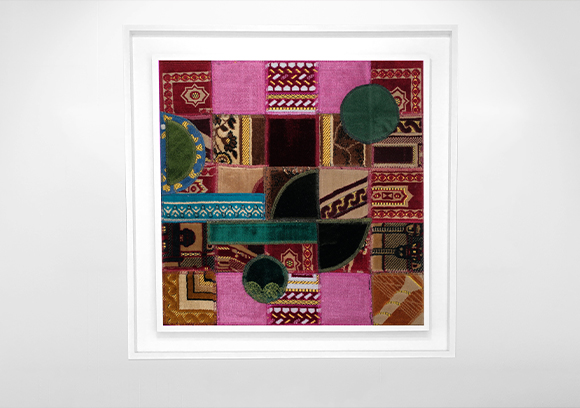
Composition 83
Courtesy of the artist.
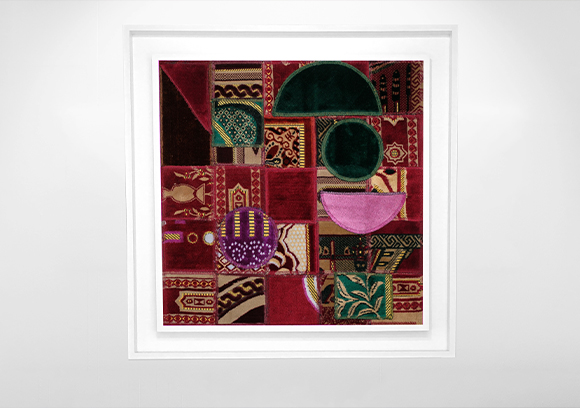
Composition 84
Courtesy of the artist.
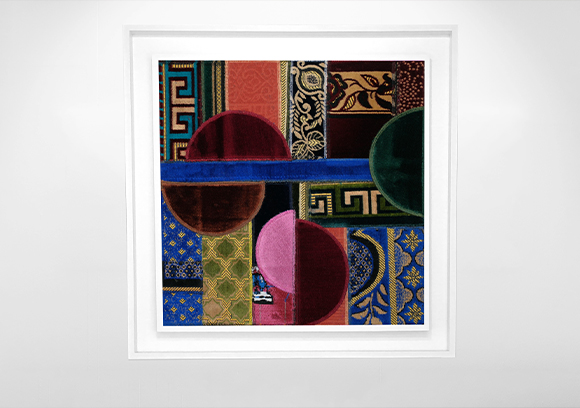
Composition 85
Courtesy of the artist.
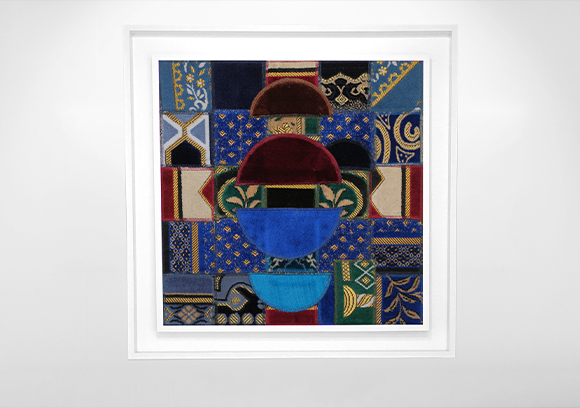
Composition 86
Courtesy of the artist.
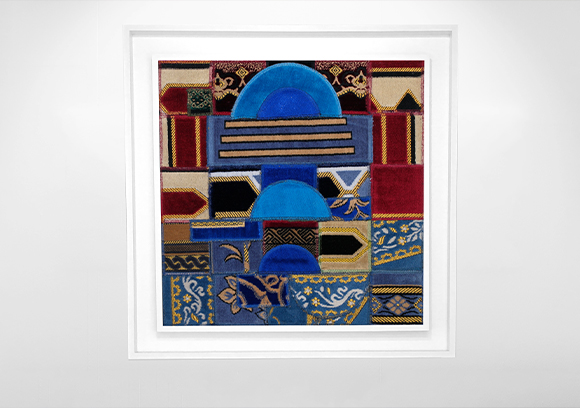
Composition 87
Courtesy of the artist.
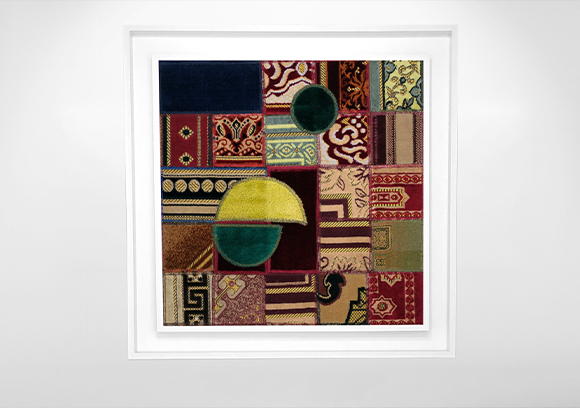
Composition 88
Courtesy of the artist.
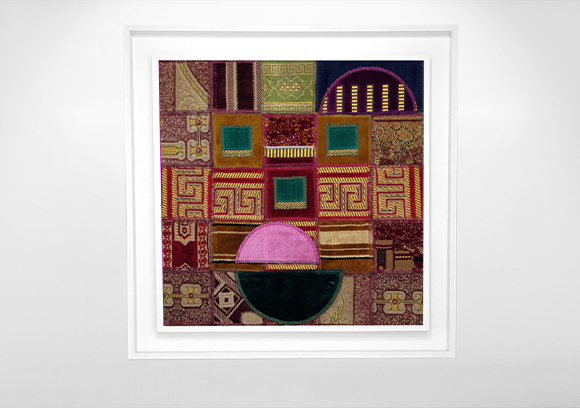
Composition 89
Courtesy of the artist.
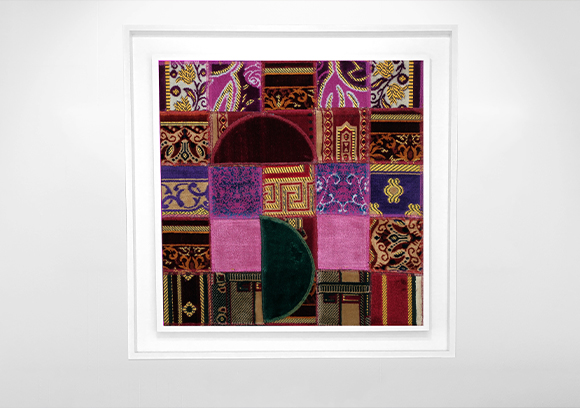
Composition 90
Courtesy of the artist.
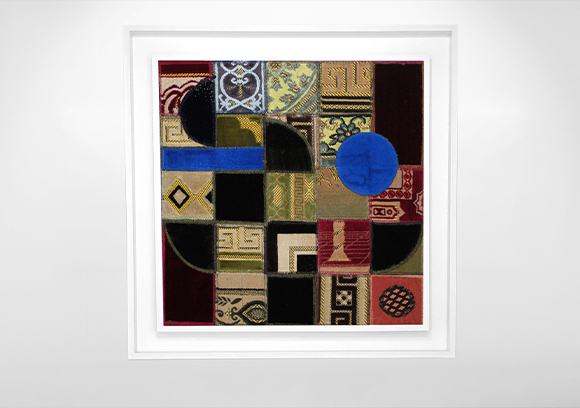
Composition 91
Courtesy of the artist.
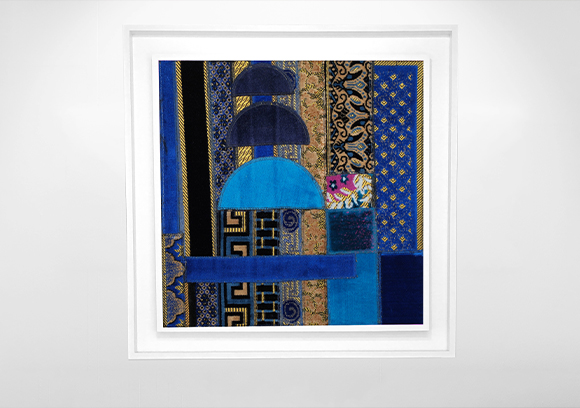
Composition 92
Courtesy of the artist.
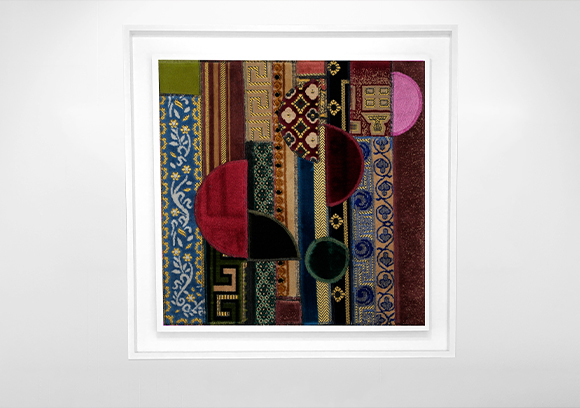
Composition 93
Courtesy of the artist.

Composition 94
Courtesy of the artist.
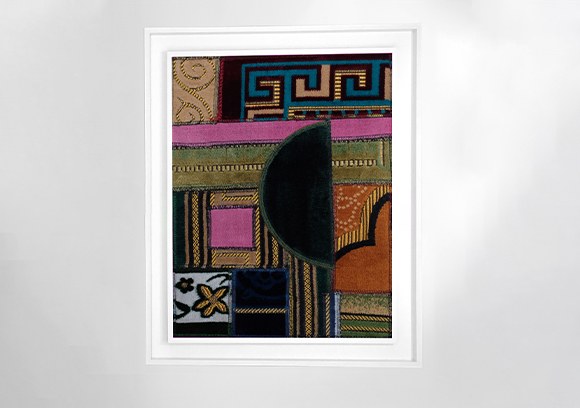
Composition 95
Courtesy of the artist.
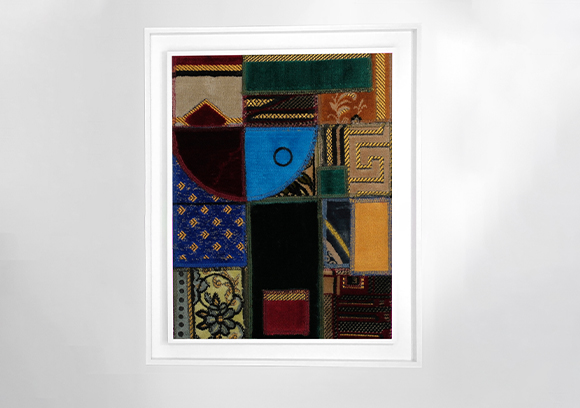
Composition 96
Courtesy of the artist.
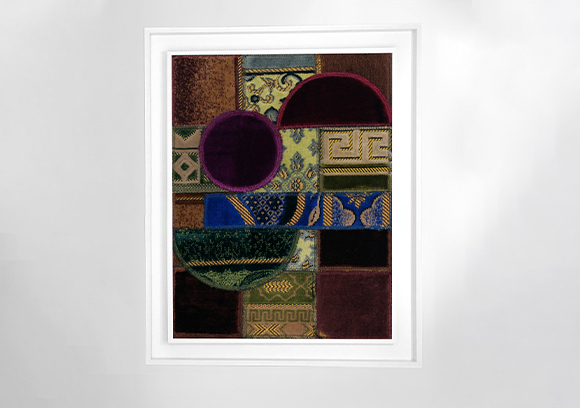
Composition 97
Courtesy of the artist.
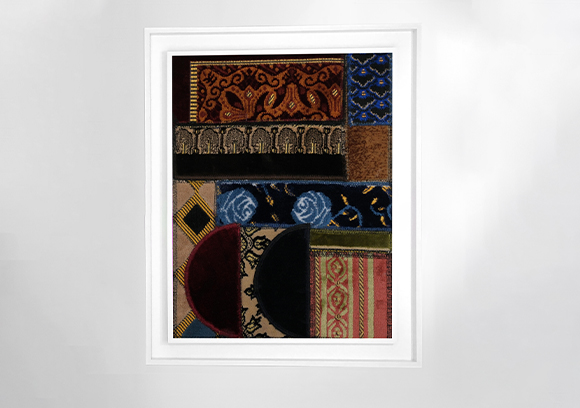
Composition 98
Courtesy of the artist.
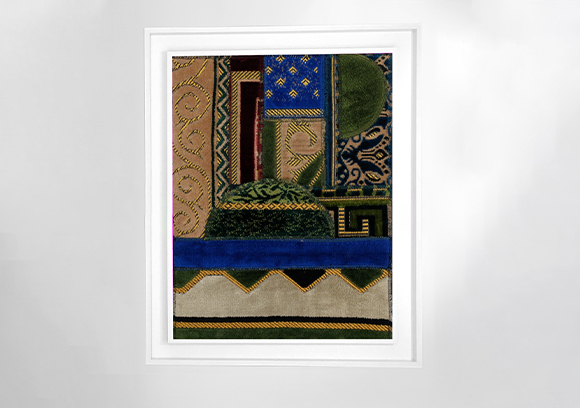
Composition 99
Courtesy of the artist.

Composition 100
Courtesy of the artist.
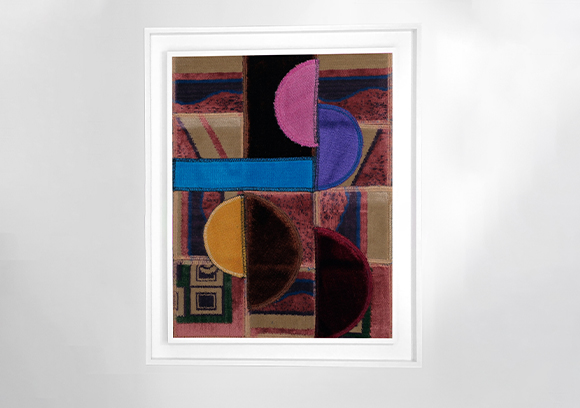
Composition 101
Courtesy of the artist.
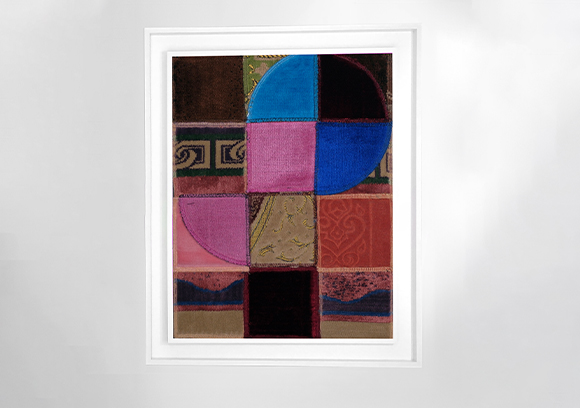
Composition 102
Courtesy of the artist.
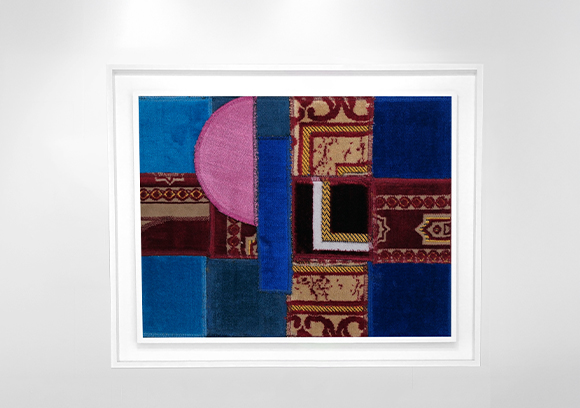
Composition 103
Courtesy of the artist.
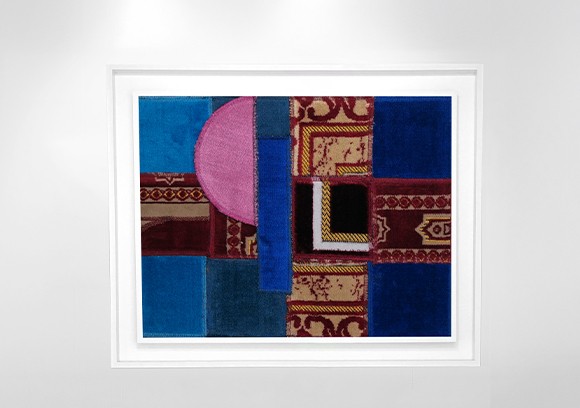
Composition 104
Courtesy of the artist.
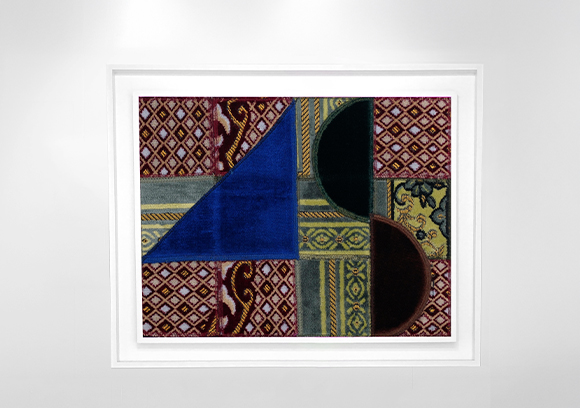
Composition 105
Courtesy of the artist.

Composition 106
Courtesy of the artist.
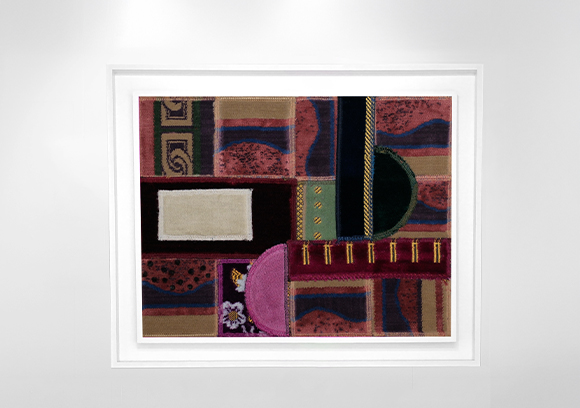
Composition 107
Courtesy of the artist.
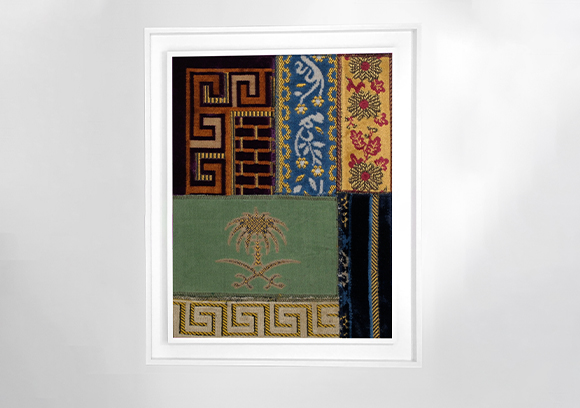
Composition 108
Courtesy of the artist.
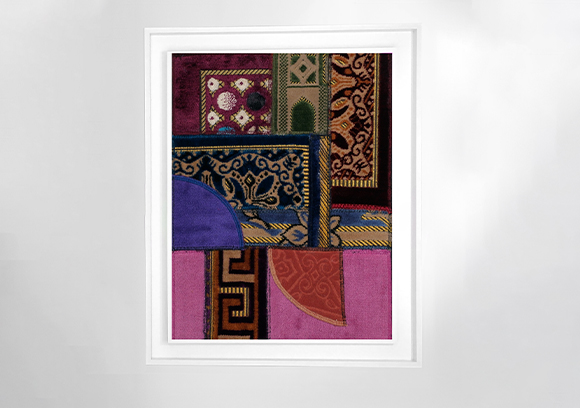
Composition 109
Courtesy of the artist.
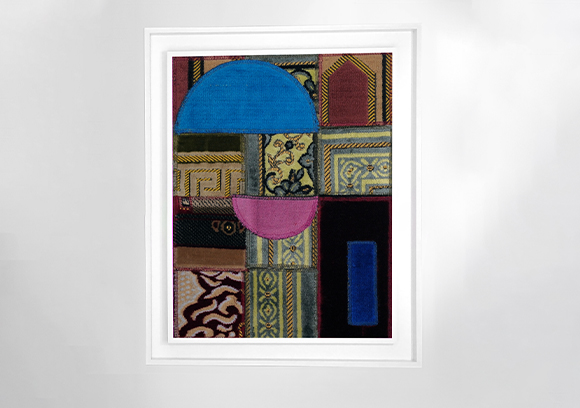
Composition 110
Courtesy of the artist.
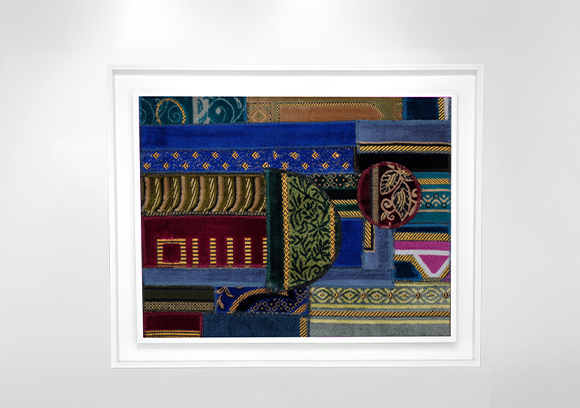
Composition 111
Courtesy of the artist.
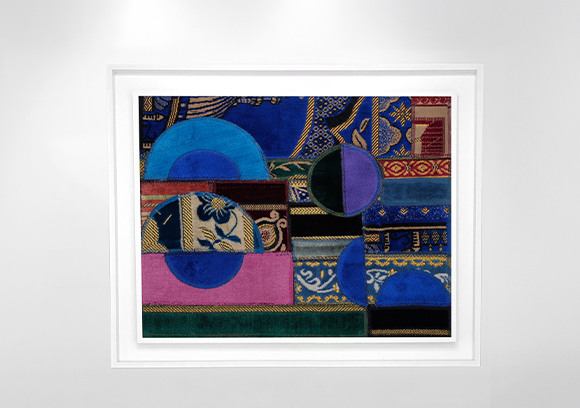
Composition 112
Courtesy of the artist.
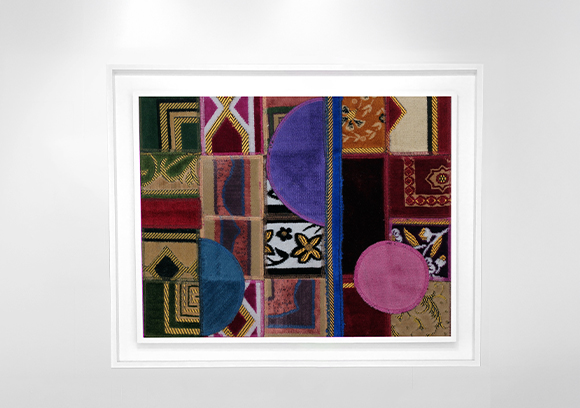
Composition 113
Courtesy of the artist.
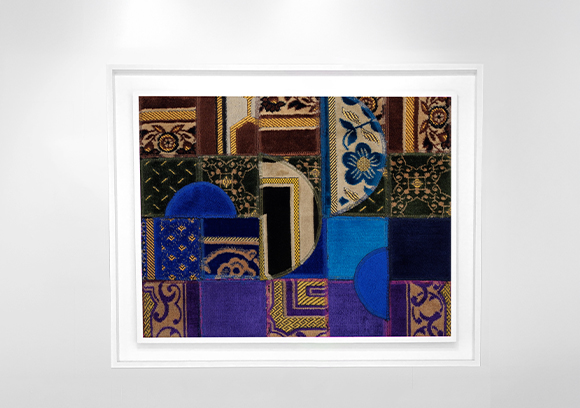
Composition 114
Courtesy of the artist.
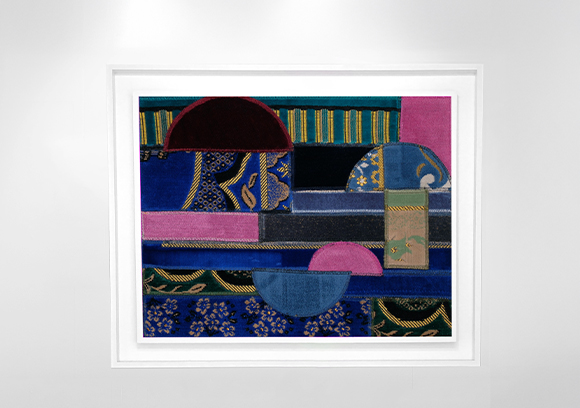
Composition 115
Courtesy of the artist.
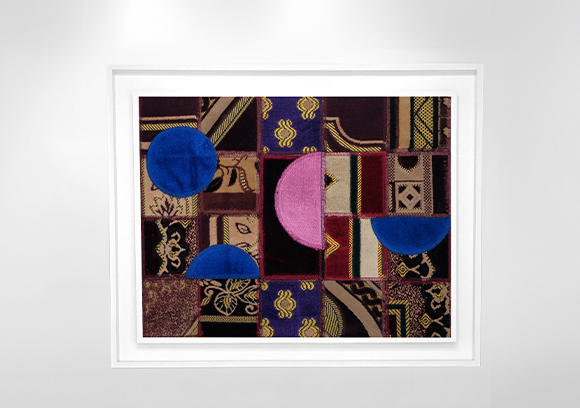
Composition 116
Courtesy of the artist.
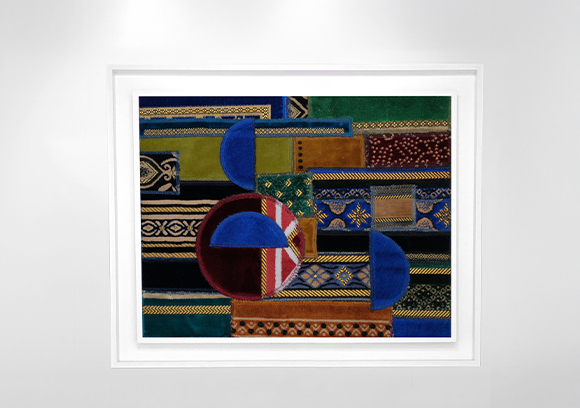
Composition 117
Courtesy of the artist.
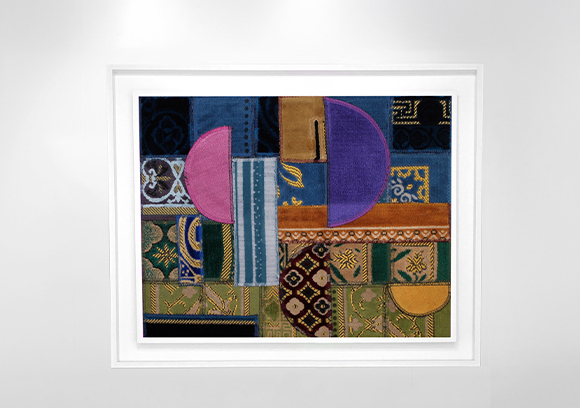
Composition 118
Courtesy of the artist.
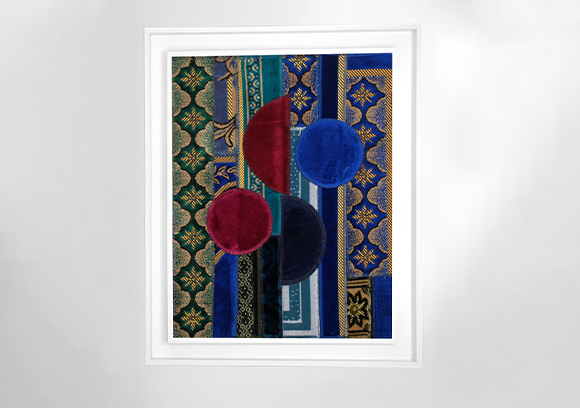
Composition 119
Courtesy of the artist.
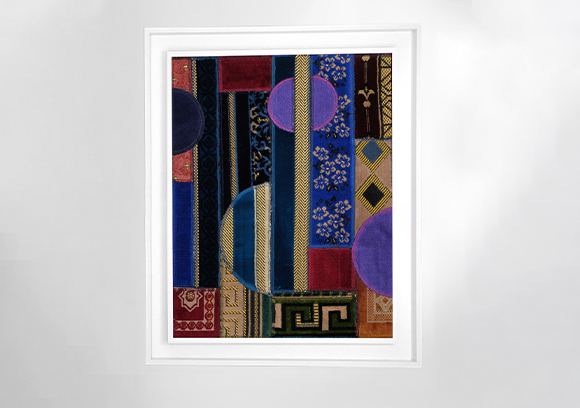
Composition 120
Courtesy of the artist.
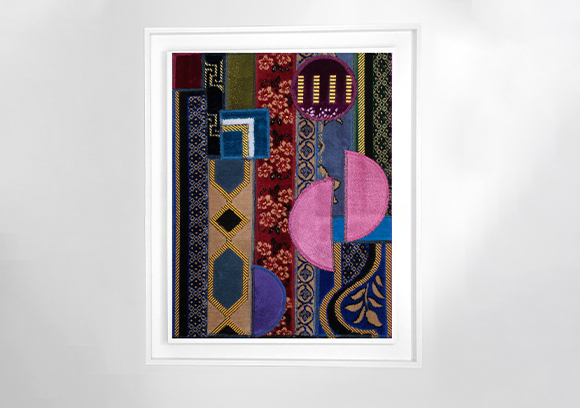
Composition 121
Courtesy of the artist.
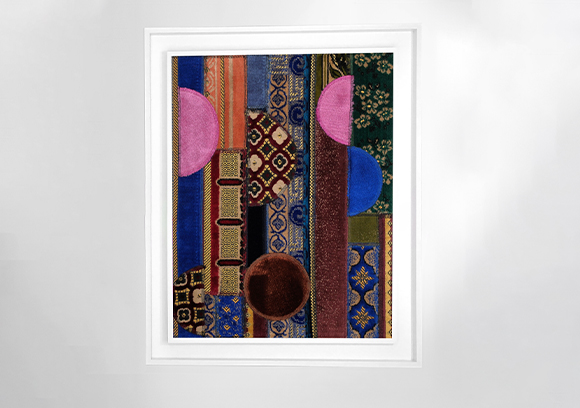
Composition 122
Courtesy of the artist.
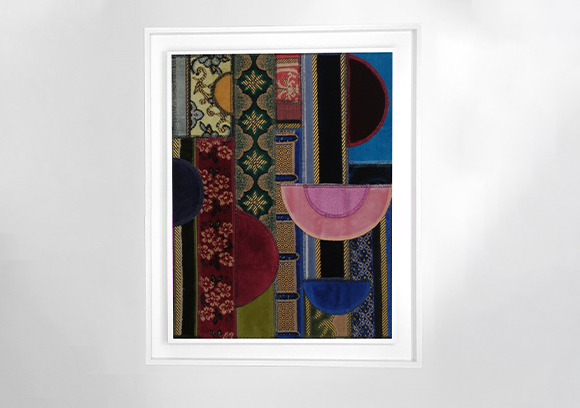
Composition 123
Courtesy of the artist.
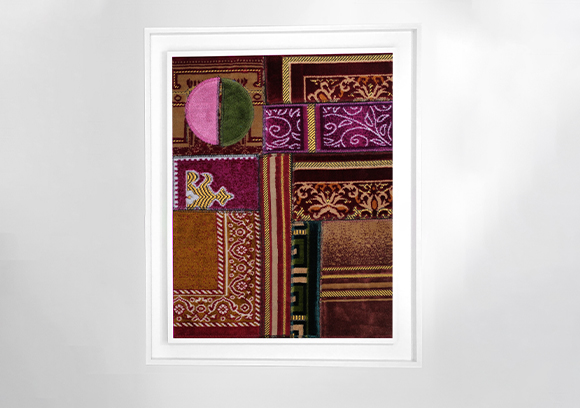
Composition 124
Courtesy of the artist.
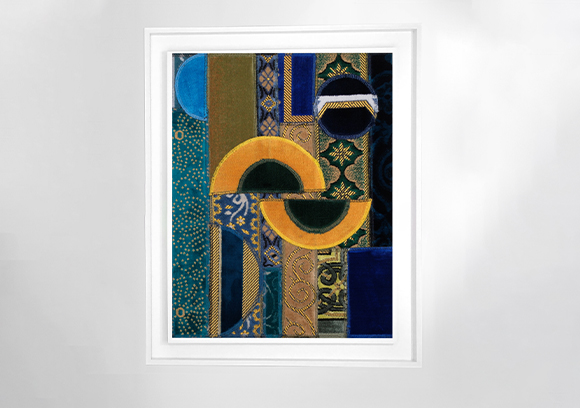
Composition 125
Courtesy of the artist.
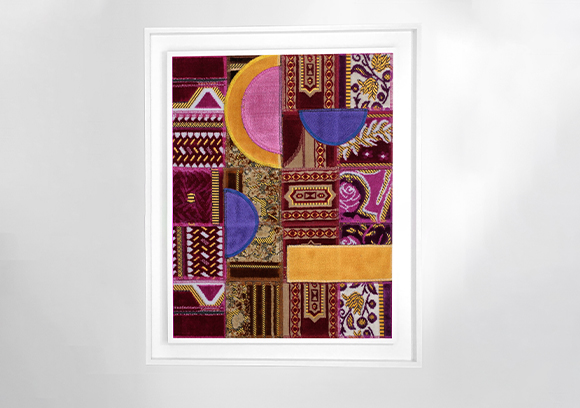
Composition 126
Courtesy of the artist.
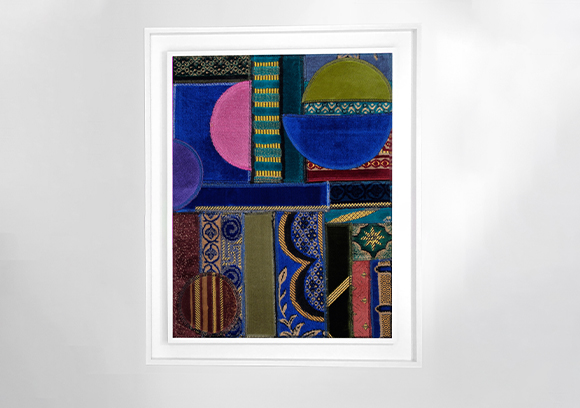
Composition 127
Courtesy of the artist.
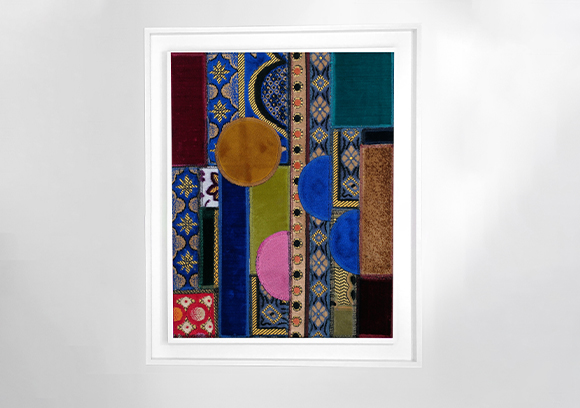
Composition 128
Courtesy of the artist.
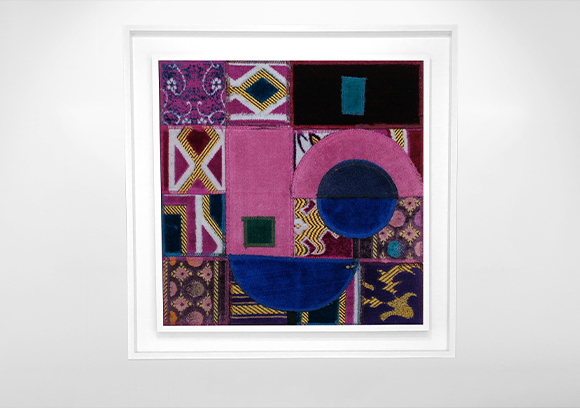
Composition 129
Courtesy of the artist.
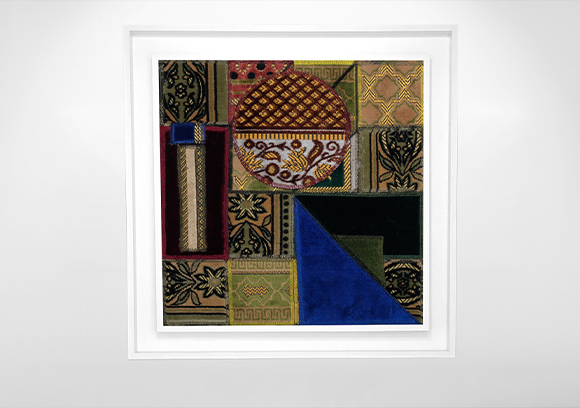
Composition 130
Courtesy of the artist.
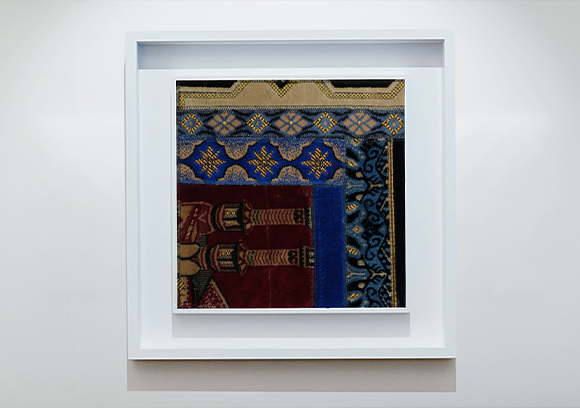
Composition 131
Courtesy of the artist.
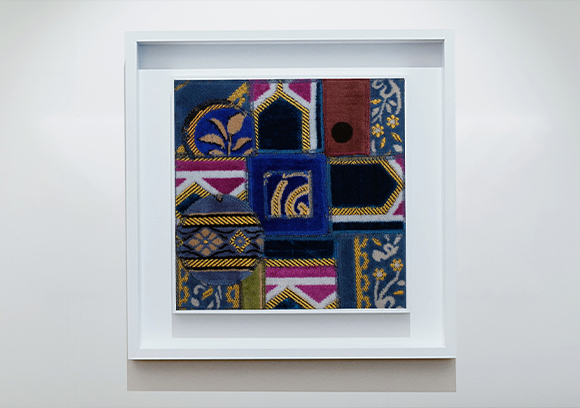
Composition 132
Courtesy of the artist.
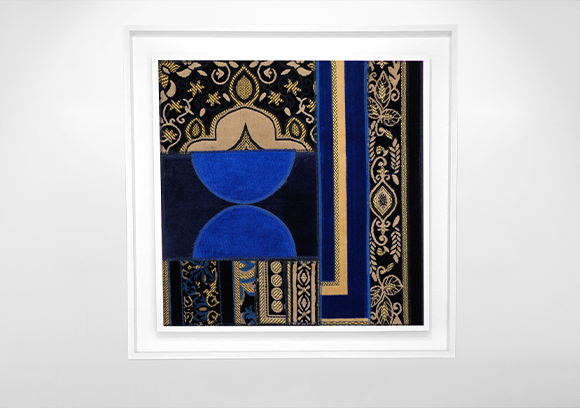
Composition 133
Courtesy of the artist.